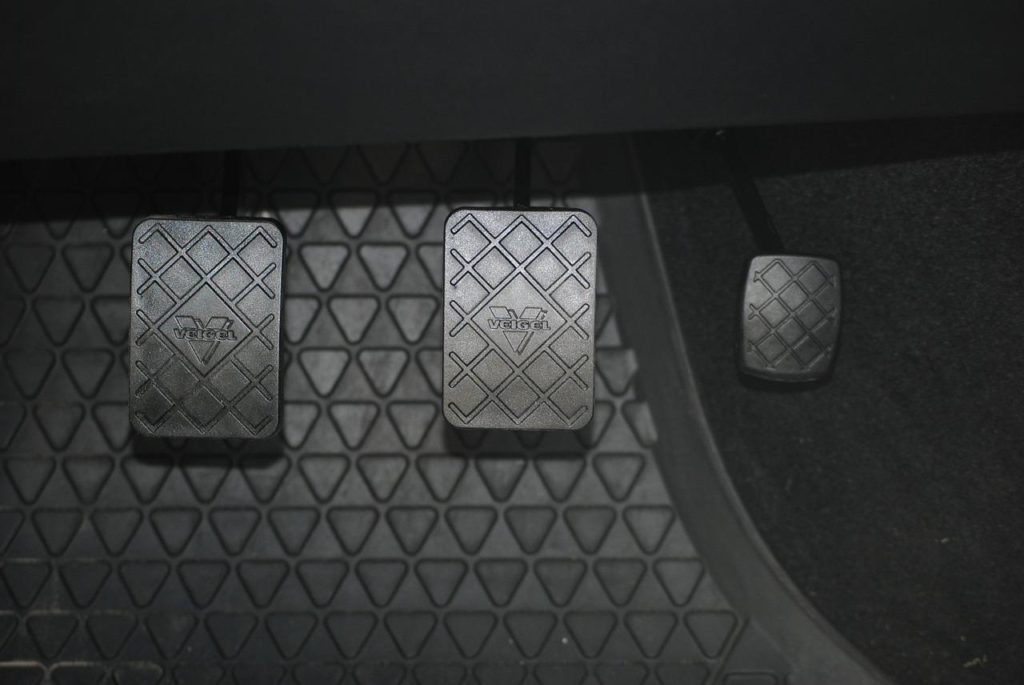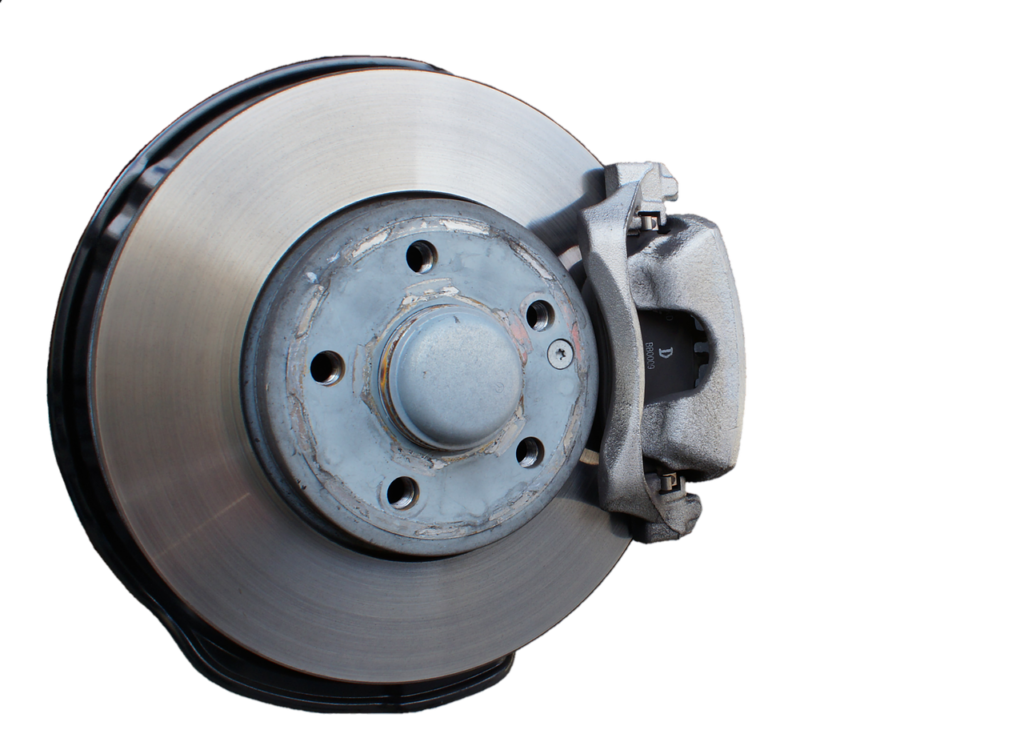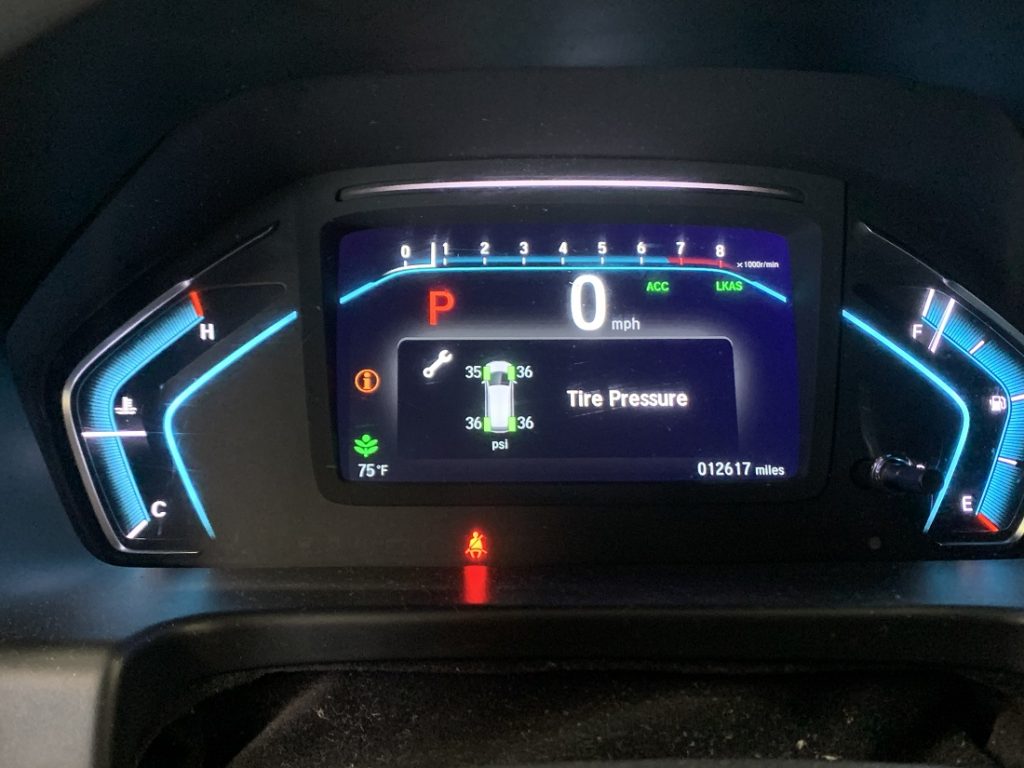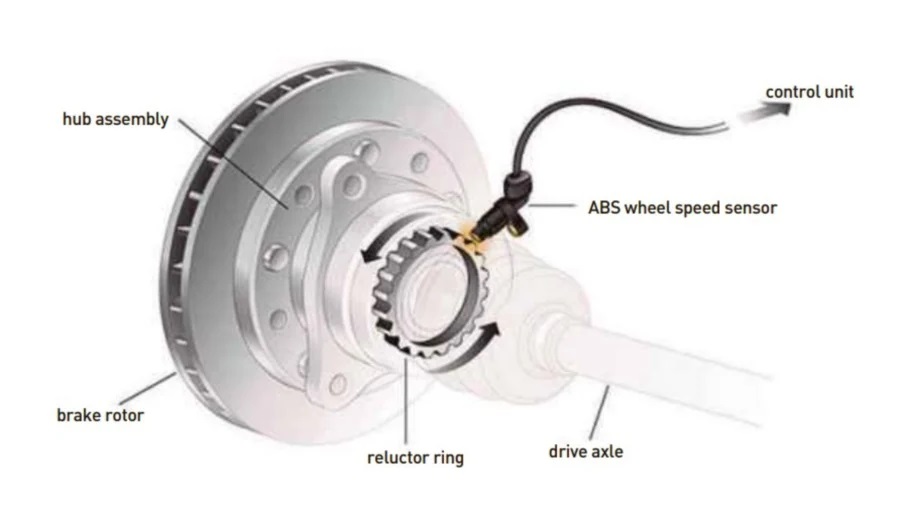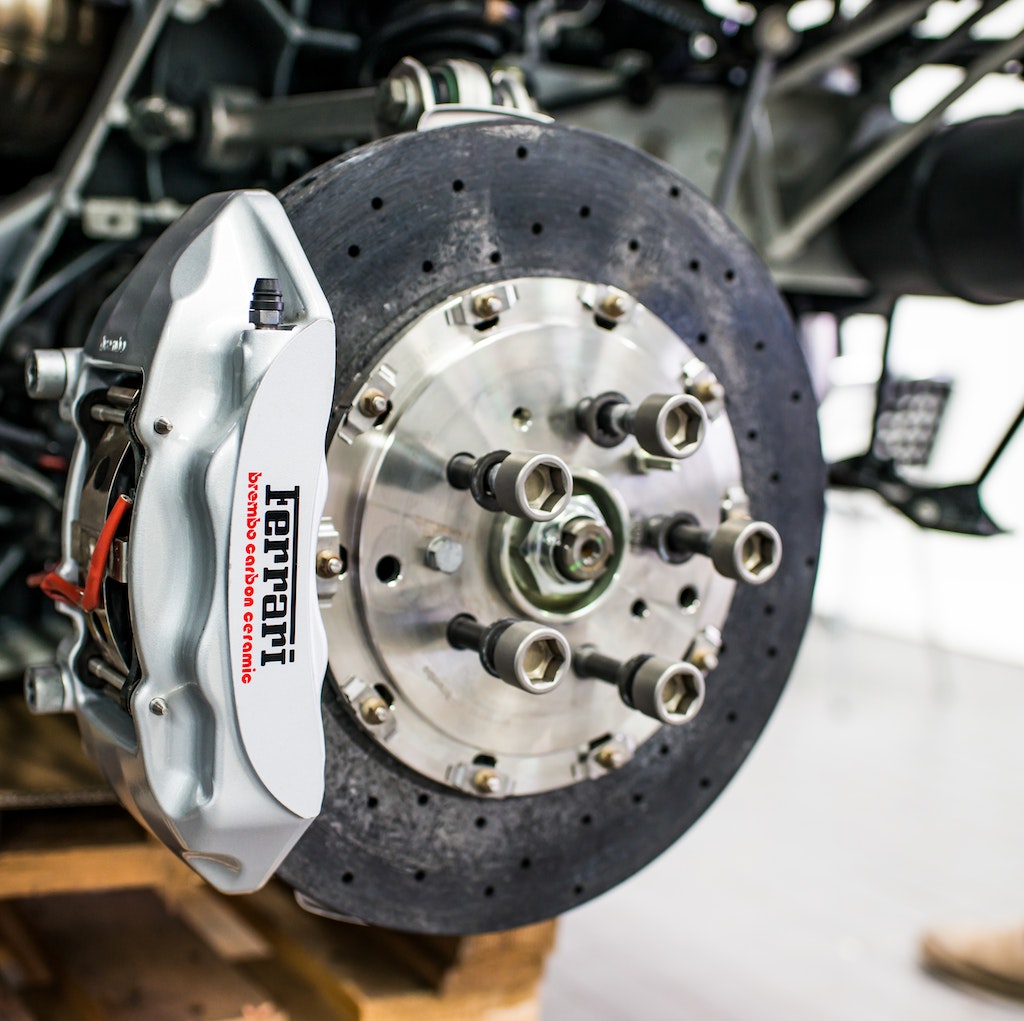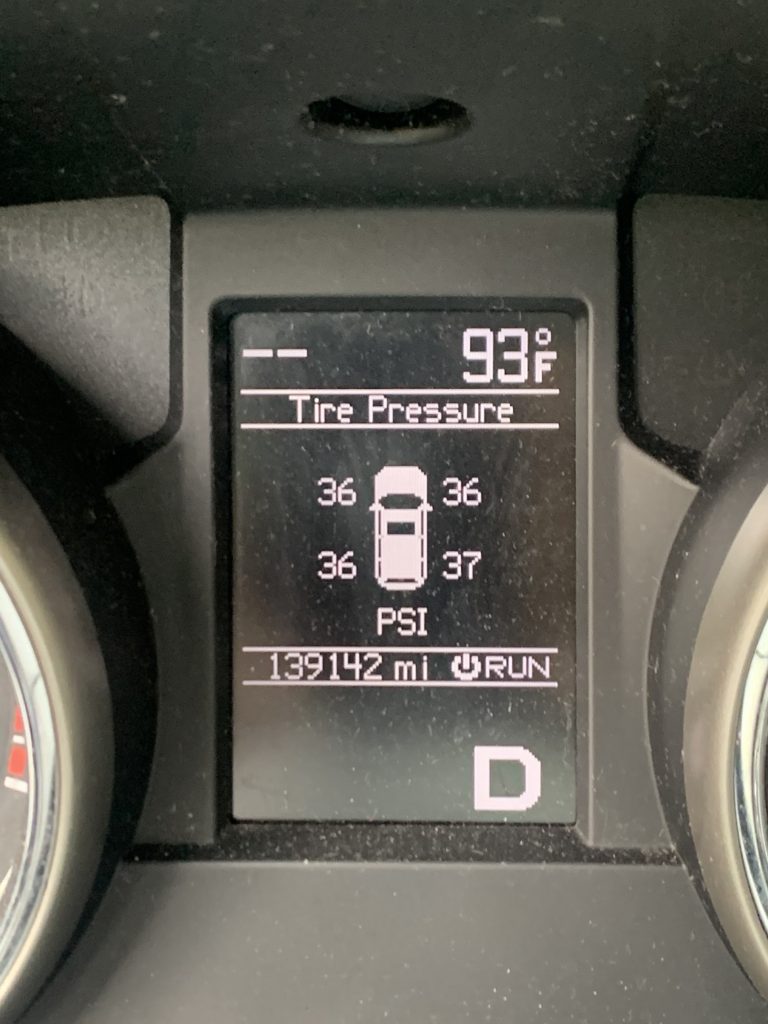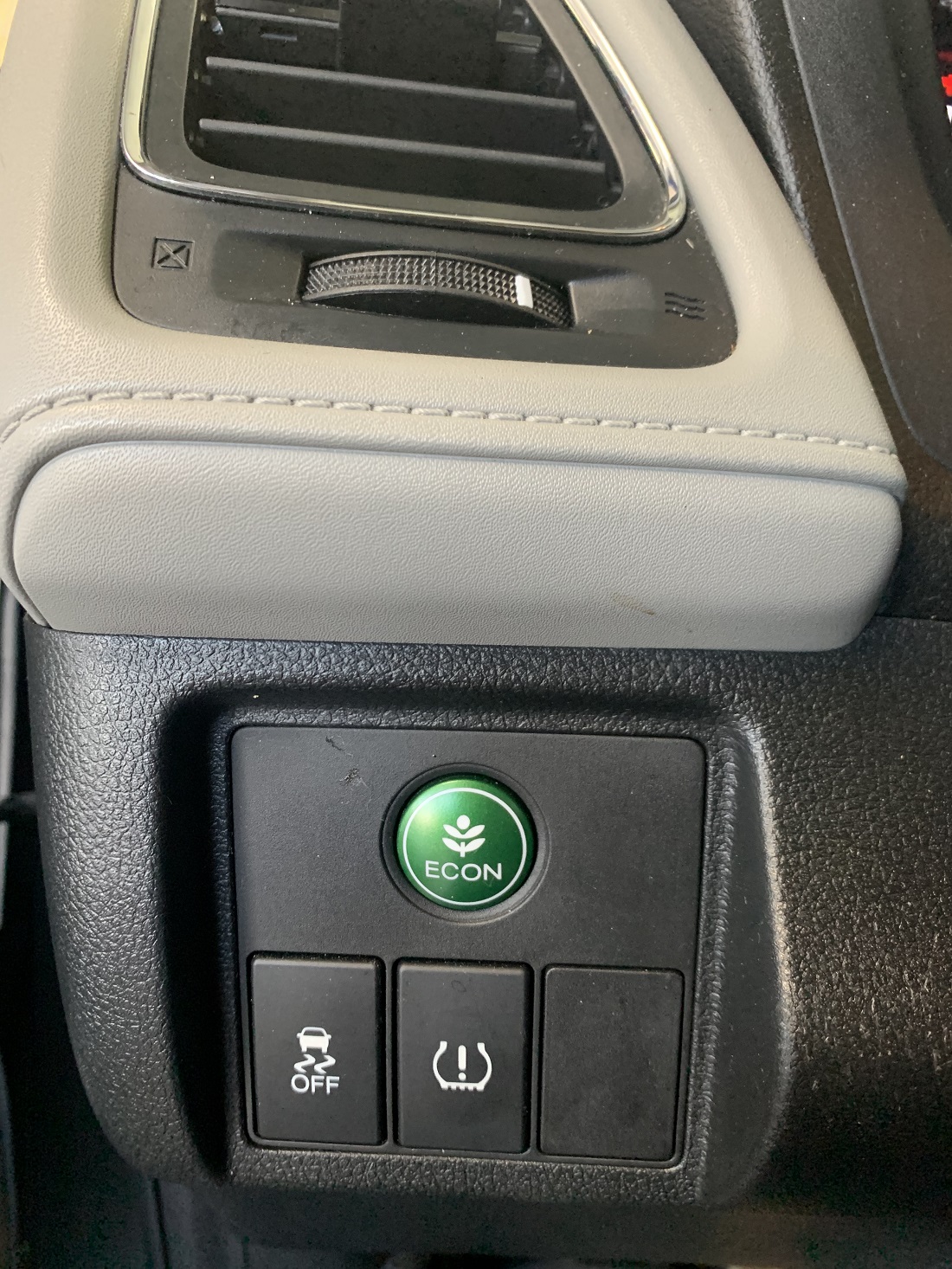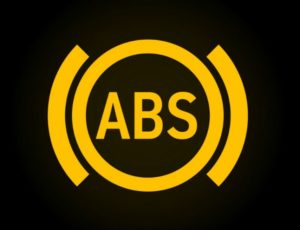ABS Systems
When you hit the brakes in your car, you expect it to stop. But what happens when you hit the brake pedal and the car doesn’t slow down? You have a braking system problem. And if you don’t fix it, it can lead to an accident. That’s why it’s important to know how your car’s braking system works – so you can identify a problem and get it fixed before it becomes dangerous. In this article, we will explain how ABS wheel speed sensors work, how they can help keep you safe on the road, and how they measure tire pressures. To learn about tire maintenance check out this article.
Anti-Lock-Brakes
ABS stands for anti-lock braking system. It is a system that helps you stop your car at a shorter distance by preventing the wheels from locking up. When the wheels lock up, you can no longer steer the car and it will skid. ABS prevents this from happening by pulsing the brakes on and off very quickly. This keeps the wheels from locking up and allows you to maintain control of the car.
wheel speed sensors
Wheel speed sensors are an important part of the ABS system. They are located on each wheel and they measure how fast that wheel is spinning. When you hit the brake pedal, the ABS controller uses this information to determine how hard to pulse the brakes. If one of the wheel speed sensors is not working, the ABS controller will not be able to function properly. This could lead to a dangerous situation where the car could skid out of control.
how abs systems work
ABS wheel speed sensors are a component of the Anti-lock Braking System (ABS). They are used to measure the speed of the wheels and detect when they are rotating at different speeds. This information is used to determine when the brakes should be applied to prevent the car from skidding.
The sensor is usually located on the hub of the wheel or behind the brake rotor. When the car is moving, the sensor measures the speed of the wheel and sends a signal to the ABS control unit. The control unit then uses this information to determine when to apply the brakes.
If one of the wheels is beginning to spin, the sensor will detect this and send a signal to the ABS control unit. The control unit will then activate the ABS system, which will pump the brakes and help prevent skidding.
the relationship between abs and tire pressure monitoring systems
There are two different types of TPMS systems, direct TPMS and indirect TPMS. Direct TPMS uses sensors that are located in the valve stems of the tires. These sensors measure the air pressure in the tires and send a signal to the control unit. The control unit then uses this information to determine when the tire is underinflated or overinflated.
Indirect TPMS uses sensors that are located in the wheel hub. These sensors measure the rotational speed of the wheel and send a signal to the control unit. The control unit then uses this information to determine when the tire is underinflated or overinflated. Indirect systems commonly use ABS wheel speed sensors which measure wheel rotational speed.
The vehicle CAN network is used to connect the wheel speed sensors’ electronic circuit and wiring, allowing it to communicate with other control modules and share information.
Indirect TPMS is based on the idea that as a tire deflates, its circumference decreases slightly, increasing rolling resistance. It calculates tire pressure changes and even predicts the probable tire pressures based on wheel speed. Your vehicle will be able to determine if one or more wheels are speeding up and/or slowing down quicker than the others based on this data. When a tire loses air, a tire will contract and when a tire gains air it will expand. Contracted tires are smaller than their previous size. When a tire shrinks, it spins more times for the same distance as the other tires, causing that tire to speed up. These changes are translated into low tire alerts by the ABS/TPMS system, which then consequently show up on the vehicle’s dashboard as a low tire pressure warning.
If you want to dive deeper into TPMS read this.
benefits of abs systems
Vehicle anti-lock brakes (ABS) are a safety system that helps drivers maintain control of their vehicles during emergency braking. ABS systems use sensors to monitor the speed of each wheel. When the wheels threaten to lock up, the ABS system intervenes and momentarily reduces the brake pressure on that wheel. This prevents the car from skidding and allows the driver to maintain steering control. brake systems can be found on all types of vehicles, from cars and trucks to motorcycles and bicycles.
ABS systems can help drivers maintain control during emergency braking by preventing wheel lockup. This allows the driver to steer around obstacles and avoid skidding. ABS can also shorten stopping distances, giving the driver more time to react to a potential collision.
While ABS can be beneficial in many situations, it is important to remember that it is not a substitute for safe driving. Drivers should always use caution and follow the posted speed limits.
potential problems with abs and tpms systems
ABS systems are a great asset to have in a car, but they can also cause problems. One common issue is that the ABS system can activate when it is not needed, such as when driving on a straight road. This can cause the driver to mistakenly hit the brakes, which can lead to an accident. Additionally, if the ABS system malfunctions, it can cause the car to skid or spin out of control.
Another issue that can occur with ABS systems is that they can cause the brakes to lock up. This can happen if the system is not properly maintained or if there is a problem with one or more sensors. If the brakes lock up, it can be difficult to stop the car, which can lead to an accident. Additionally, if the ABS system is not working correctly, it may not provide the necessary braking power when it is needed, which can also lead to an accident. Lastly, when it comes to tire pressure readings in an indirect TPMS system, if all 4 tires are reading the same pressure, yet are low on air, the tire pressure failure light may not illuminate on your dashboard. For example, if all 4 tires are reading 20 psi, the wheel speed sensors will see no difference in the size or wheel speed of the tires and may not see an issue.
If you are having problems with your ABS system, it is important to take your car to a qualified mechanic or dealership for service. They will be able to diagnose the problem and make any necessary repairs. Additionally, they will be able to advise you on whether what needs to be fixed or replaced before driving.
general tips for keeping your car's abs system in good condition
There are a few general tips that can help keep your anti-lock brake system in good condition. Firstly, always make sure to use the correct type of brake fluid, as using the incorrect fluid can damage the system. It’s also important to keep the brakes properly lubricated; make sure to check the brake pads and discs regularly for wear and tear, and replace them when necessary. Finally, be sure to perform regular maintenance checks on the anti-lock brake system itself and if the ABS light illuminates on your dashboard, bring your car to your local mechanic immediately.
